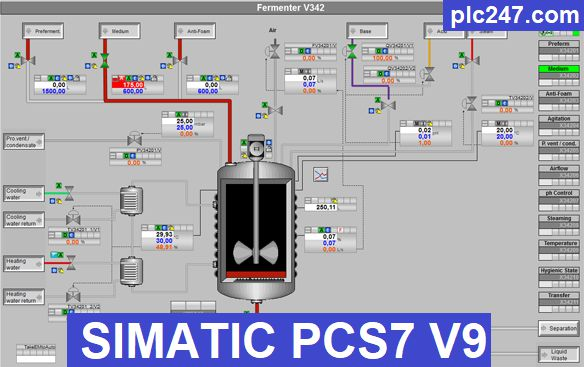Spadeadam, Cumbeerland, UK
After leaving university I had the fortune to work on the only space rocket in UK at the time, the Blue Streak. It had just been discontinued as a missile and was now to be used as the bottom stage of an European multi-stage satellite launcher, with France and Germany providing the centre and top stages. We had the complete 3-stage rocket inside a tower for testing. Because of the different nationalities of the engineers working on different tower floors, we called it the Tower Of Babel.
The rocket's guidance computer (autopilot), in the nose, used analog amplifiers (not digital). The auto pilot took signals from its giroscope and steered by controlling the angle of rocket motors in the base. So coding here was fixed in the design of the analog circuits. However there was digital coding in the "OK‑To‑Launch" logic that was inside control cabinets on the ground! This was in the form of logical ANDs and ORs, implemented with wires strung between relays. See Relay picture. So a mistake in coding meant changing wiring or even adding/sutracting relays.
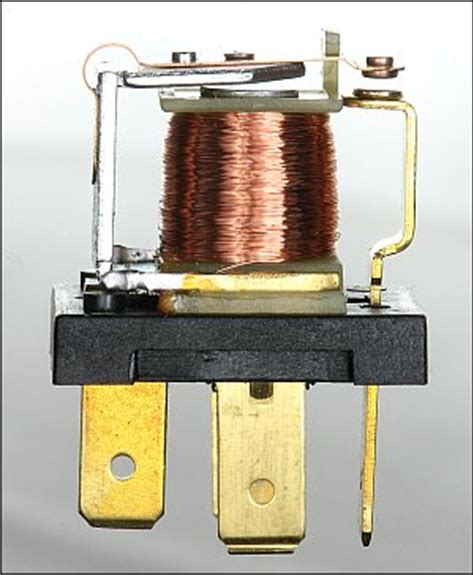
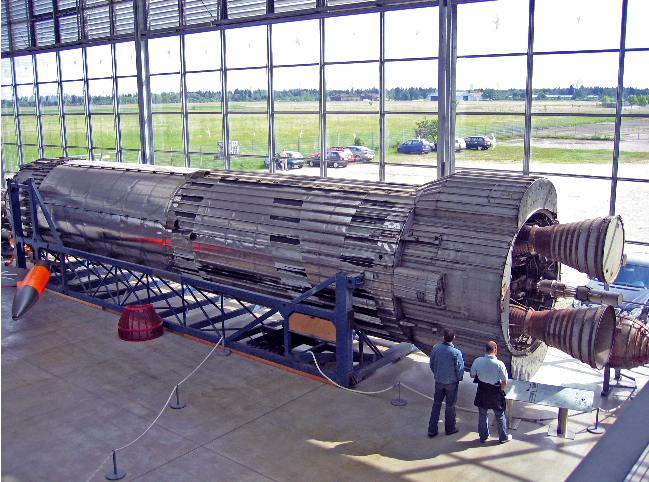
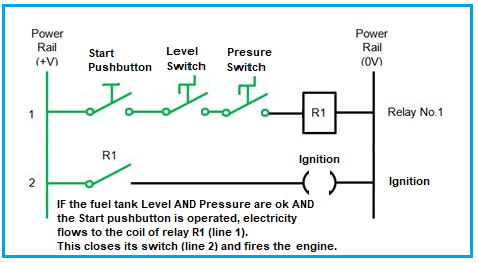
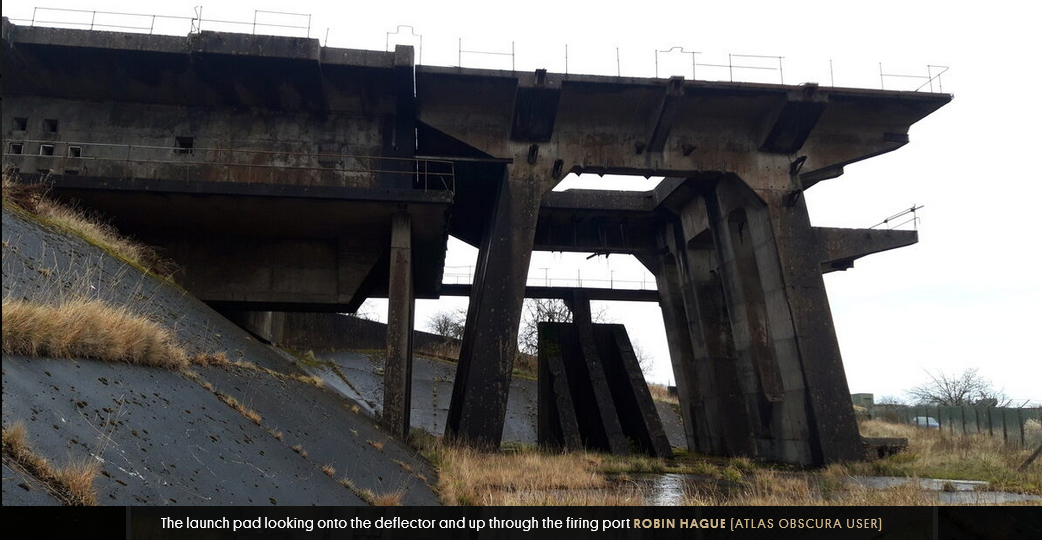
Click for further info on the Blue Streak (and extraterrestrials).
HASI, London, UK
In the HASI I worked as "Addresso". I was responsible for the automatic addressing of all mailing pieces. When I say "automatic", this was before office machines were computerized. A machine called an Addressograph mechanically moved plates out a drawer, one at a time, along a channel to the envelope printing position. Plates were then returned to an empty drawer. Each plate carried an embossed name and address. Small holes in the tabs, which were inserted in the top of the plate, told the machine whether this plate was of the required category to be printed in that batch. Metal tabs each with a variety of holes were provided. The "coding" was done by chosing which tabs to insert in which position along the top of the plate.
Here also, I got interested in how the human mind could retain unwanted "coding" written in by moments of pain and unconsciousness. The building is now a museum.
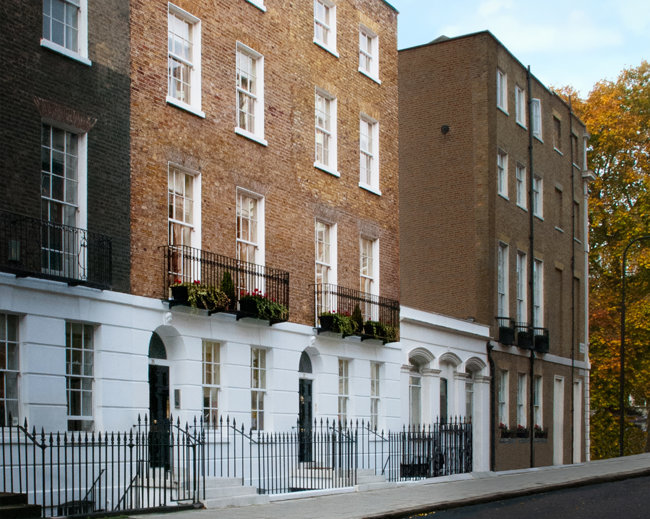
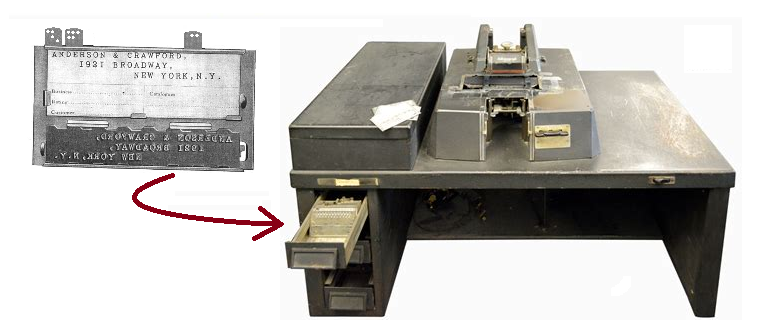
Marconi, Chelmsford, Essex, UK
Here I worked for the British Post Office Telephones but in the Marconi Company factory. A version of the Marconi Myriad computer, called Martex, was to be used to automate the British Telephone System's responses to calls to the "Enquiry" operator from the public. Programs were coded in Assembly Language.
The Myriad computer, at that time one of the world's fastest machines, was the size of a large desk, containing only 16kb of ferrite core memory, extra memory in a fridge sized cabinet held another 64kb of 24 bit RAM. Eight-hole-wide punched paper tape held the program which was loaded using a tape reader.
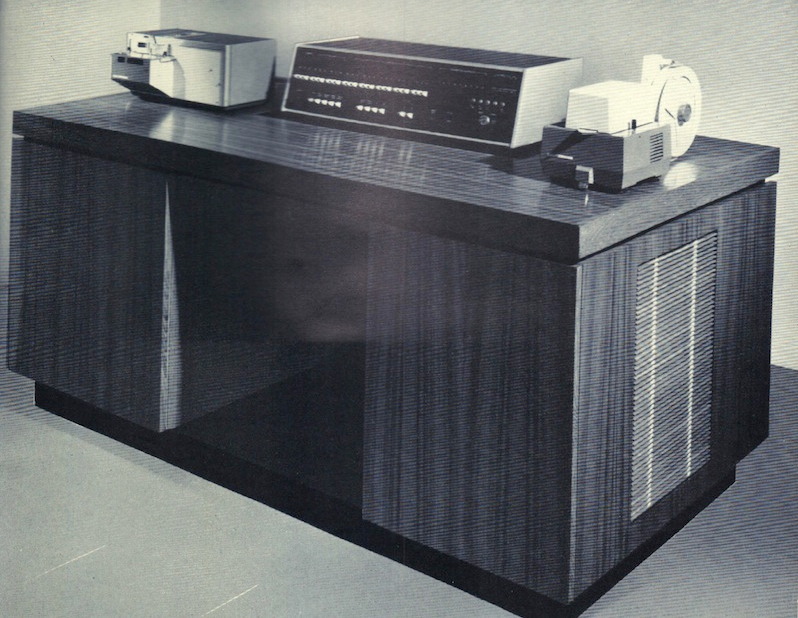
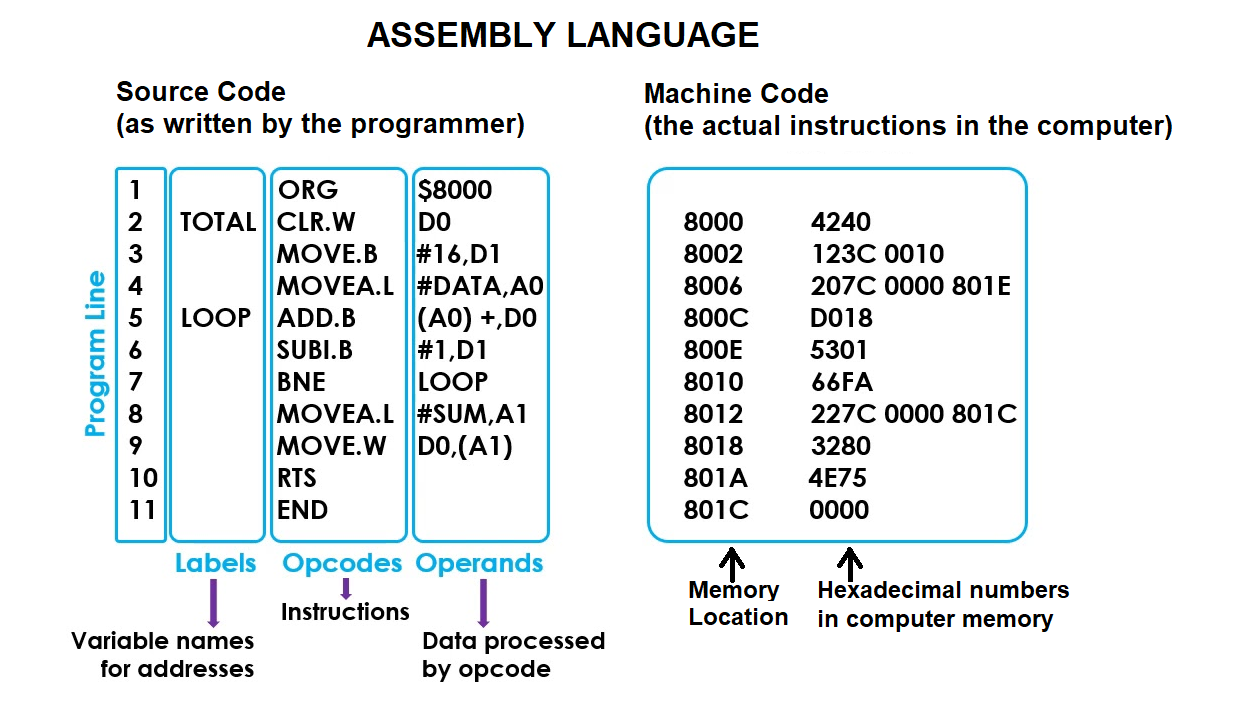
Click for further info Assembly Language"
British Coal Board, Grimethorpe, Yorkshire, UK
I was working for the British Coal Board at their work site for the experimental "Pressurised Fluidised-Bed Combustion Project". In order to collect samples from the flue gas an automatic probe moved into the center of the gas stream, retrieved a sample and then retracted. The "automation" was provided by an Apple II computer.
Each day each day the information colected from the many pressure, temperature, composition etc. sendors was recorded on a large reel of magnetic tape. the analysis of each day's tape by an outside Data Center was expensive. I spotted a new use for an Apple II. It could control a mag-tape reader and obtain the required data on-site. I used Assembly Language (see previous section) to make the tape start, stop, rewind etc.
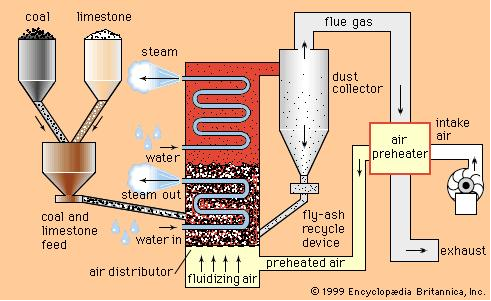
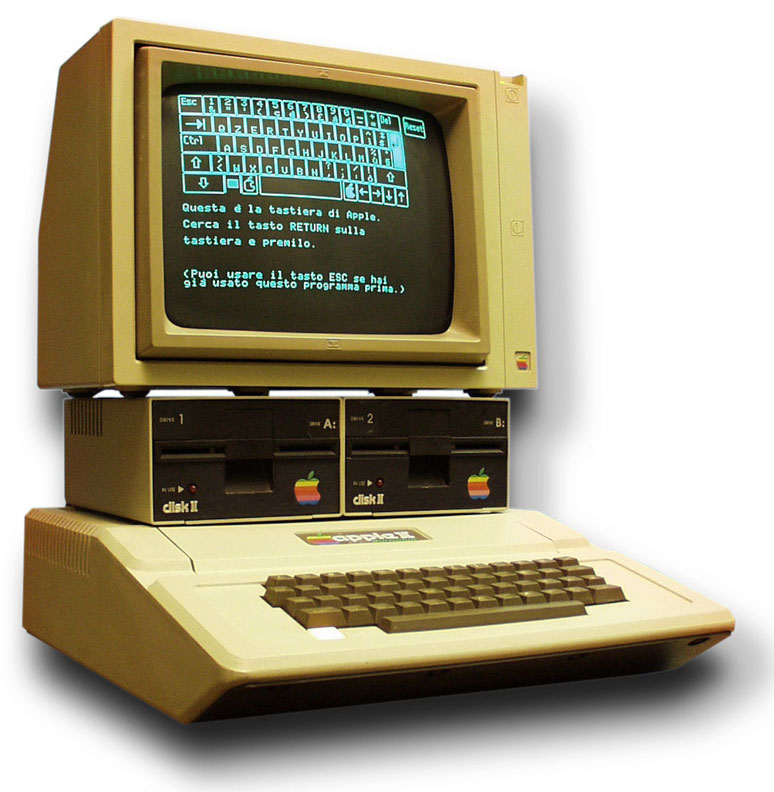
Click for further info on Pressurised Fluidised-Bed Combustion (see last paragraph)
Tapis-A Oil/Gas Platform, offshore Malaysia, Far East
This time I was on an oil platform called Tapis_A, working for Esso Malaysia Production Inc, now Exxon Mobil. Travel to the platform was about 90 minutes by helicopter. On arrival, unaware that the helicopter was banking, a sideways glance out the window was a shock view straight down to the platform!
At one end of the platform were the living quarters and at the other end the gas compression machinery. I was writing and debugging the replacement coding for the Programable Logic Controller (PLC) that controlled that machinery. The coding lamguage is called "Ladder Logic" because it looks similar to the wiring diagram for relays which ressembles the rungs of a ladder.


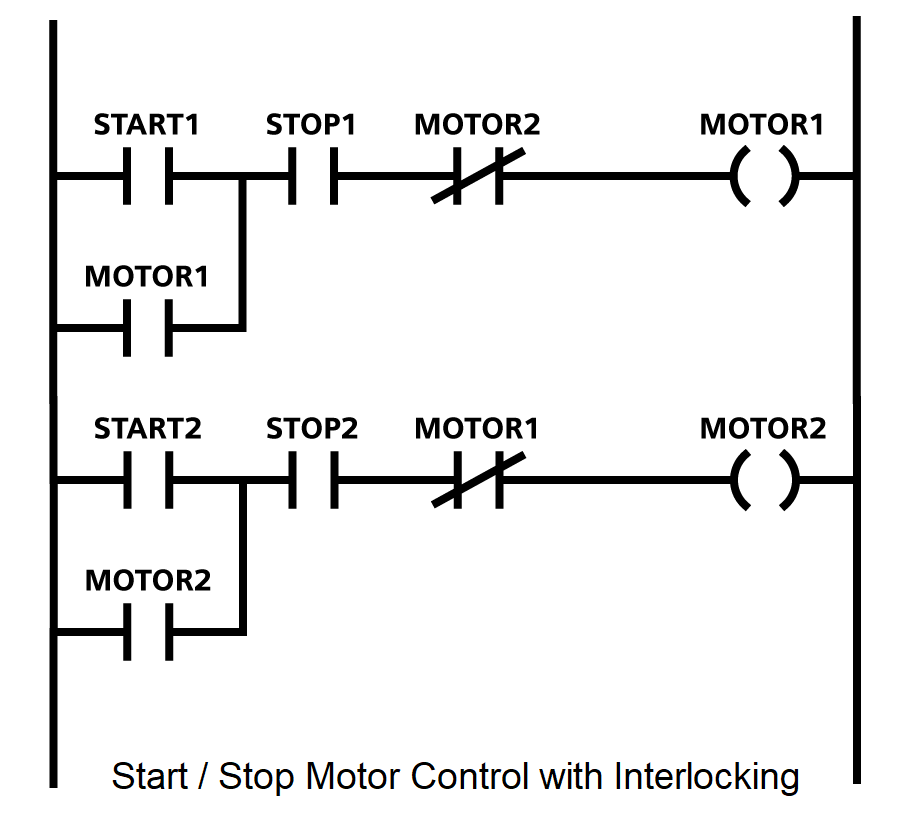
Ethyl, Sauget, Illinois, USA
I worked in the chemical industry at the plant of Ethyl Petroleum Additives. At that time the main business was manuafacturing chemical additives to enhance lubricating oils. Now with more advanced PLCs, such as Siemens PCS7, which has a choice of languages, one similar to JavaScript.
Another language allows the programmer to make on-screen connections between blocks that represent functions. See picture: Coding Blocks.
Also another kind of coding altogether, which involves creating the graphics that a plant operator has on his screen. For example, the operator observes on his screen the real-time level in a tank and then commands the tank agitator to stop by a click of the mouse. See Operator Screen picture. The safe stopping and starting of the agitator is acheived by a function block similar to the one shown.
